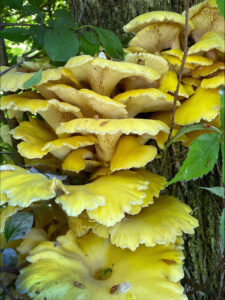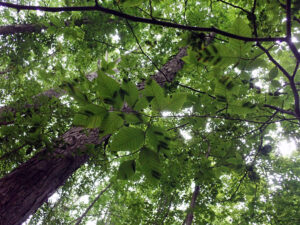By Wisconsin DNR
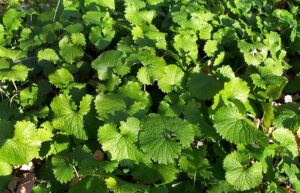
Rosettes on a garlic mustard plant. / Photo Credit: Wisconsin DNR
As temperatures begin to fall the leaves of many plants and trees have begun to change color. Some trees in the northern part of the state have already started to drop their leaves.
The Wisconsin Department of Natural Resources (DNR) reminds the public that fall is more than a great time to enjoy the changing hues in the woods. It also presents a good opportunity to spot the invasive plants persisting among the native plants and trees.
Continue reading “Autumn Is A Great Time To Treat Invasive Plants”

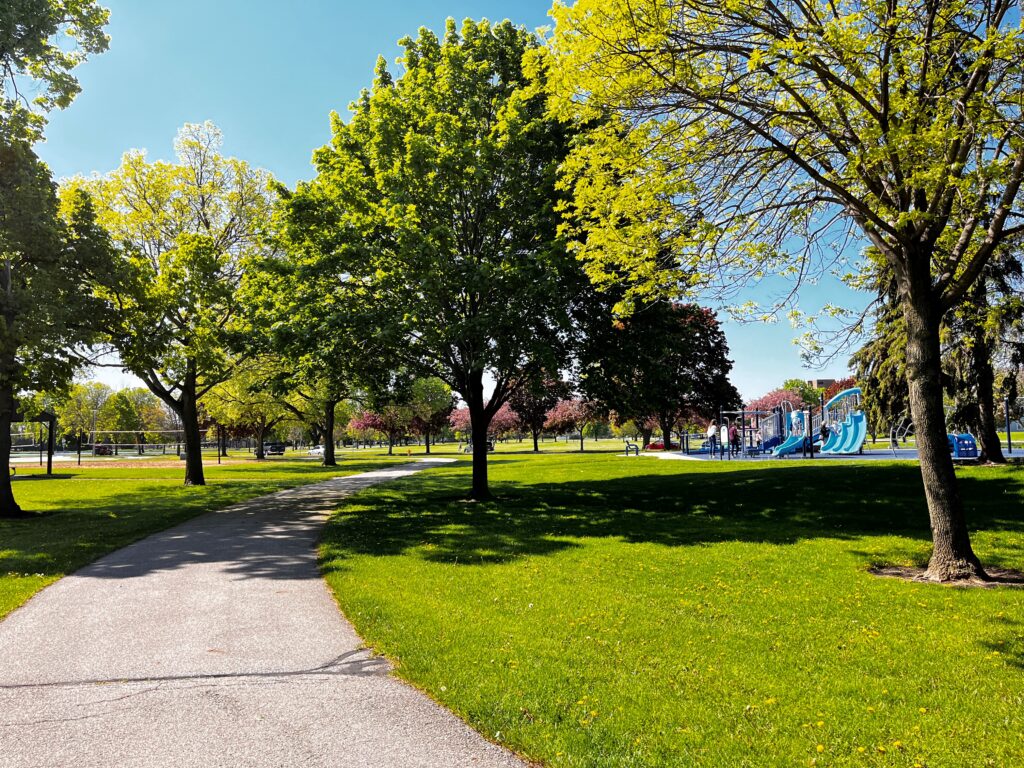 The grants range from $1,000 to $25,000, and grant recipients must match each grant dollar for dollar. A startup grant of up to $5,000 is available for communities that want to start or restart a community forestry program. Grants are awarded to projects that align with state and national goals for increasing the urban forest canopy and the benefits it provides. These grants do not subsidize routine forestry activities. In total, $559,680 is currently available in regular and startup grant funding for 2026.
The grants range from $1,000 to $25,000, and grant recipients must match each grant dollar for dollar. A startup grant of up to $5,000 is available for communities that want to start or restart a community forestry program. Grants are awarded to projects that align with state and national goals for increasing the urban forest canopy and the benefits it provides. These grants do not subsidize routine forestry activities. In total, $559,680 is currently available in regular and startup grant funding for 2026.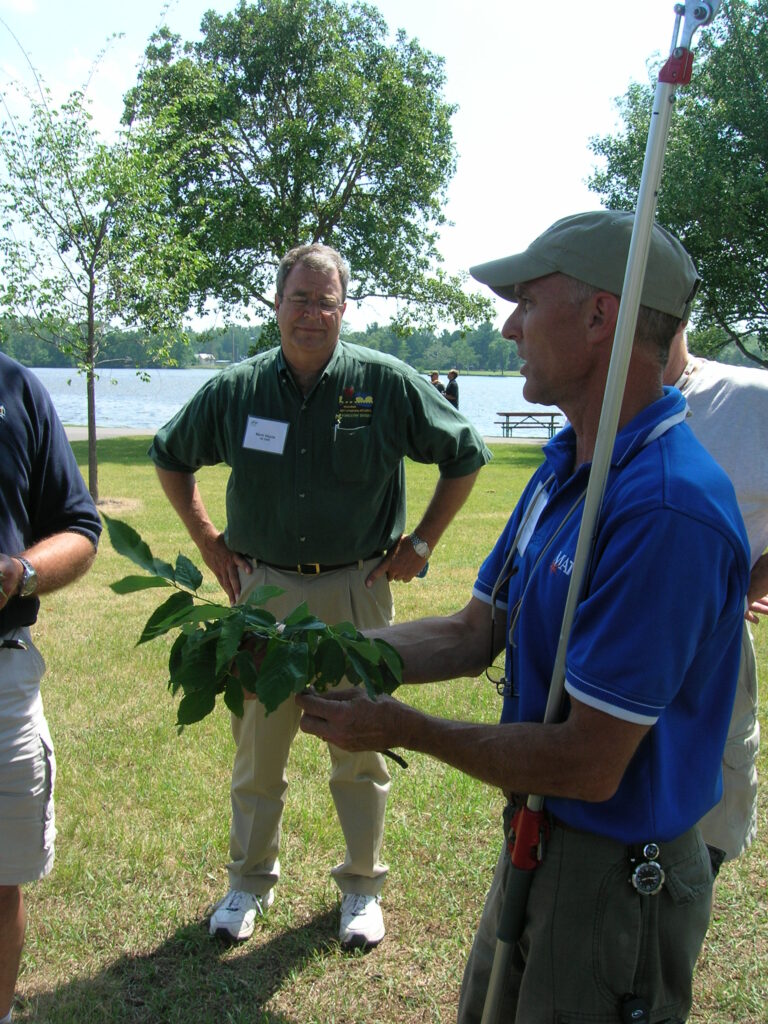 *These training opportunities are provided as an information service only and do not constitute an endorsement from the Wisconsin Department of Natural Resources (DNR).
*These training opportunities are provided as an information service only and do not constitute an endorsement from the Wisconsin Department of Natural Resources (DNR).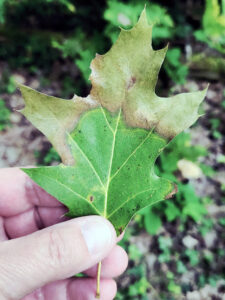

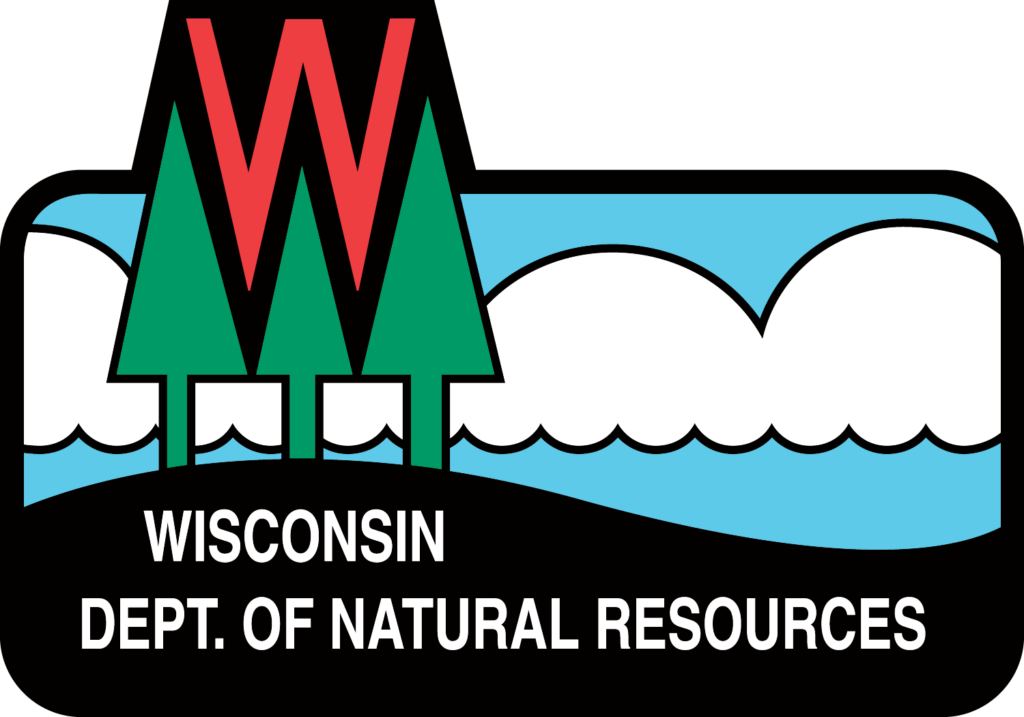
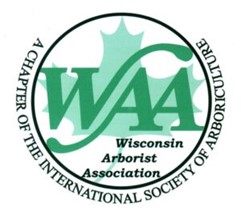 The annual WAA/DNR Urban Forestry Conference will again be held at the KI Convention Center in Green Bay, Wisconsin. More information will be available soon!
The annual WAA/DNR Urban Forestry Conference will again be held at the KI Convention Center in Green Bay, Wisconsin. More information will be available soon! 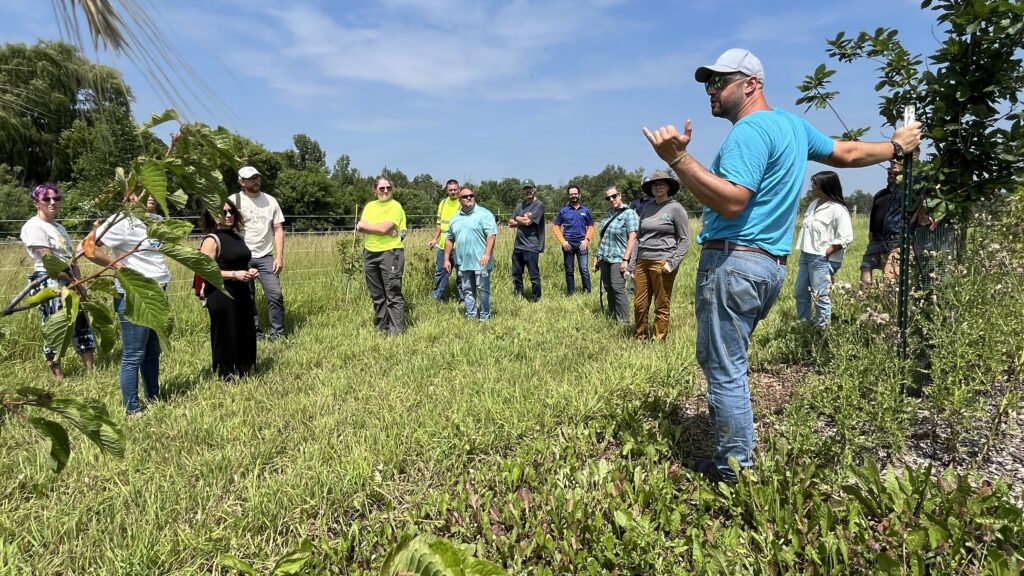 Tree managers met at
Tree managers met at 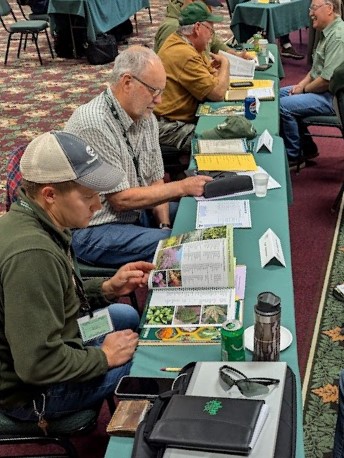 *These training opportunities are provided as an information service only and do not constitute an endorsement from the Wisconsin Department of Natural Resources (DNR).
*These training opportunities are provided as an information service only and do not constitute an endorsement from the Wisconsin Department of Natural Resources (DNR).